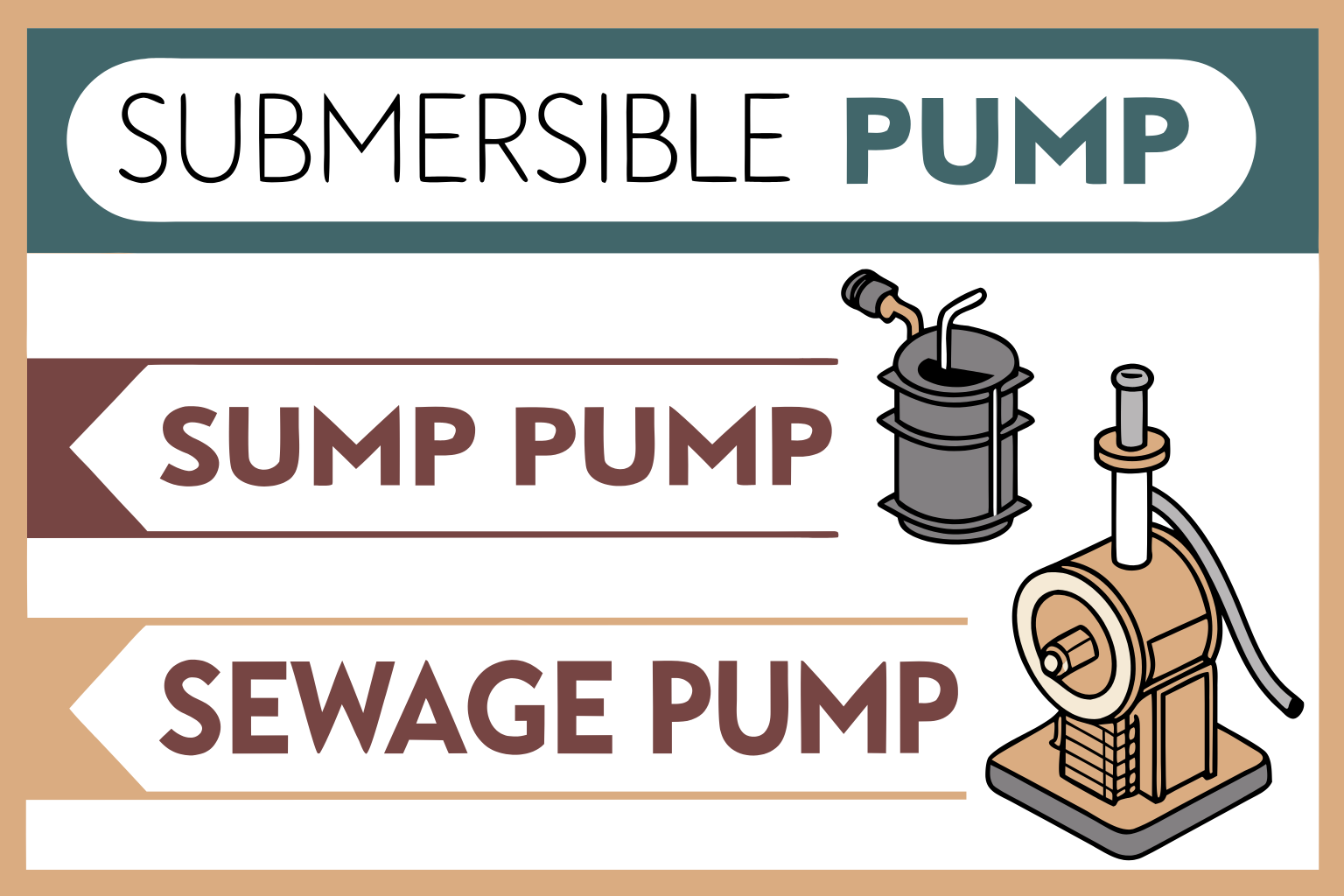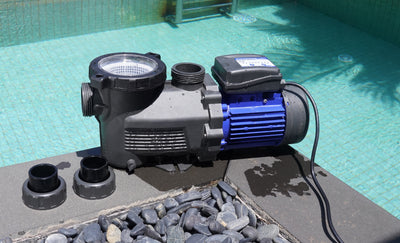
Comprehensive Guide to Sump Pumps, Submersible Pumps, and Sewage Pumps
Managing water resources in residential or commercial settings requires a clear understanding of the distinctions between sump pumps, submersible pumps, and sewage pumps. These three types of pumps have hierarchical and parallel relationships: submersible pumps represent a broad category that includes both sump pumps and sewage pumps. Sump pumps and sewage pumps are parallel, specialized types optimized for different scenarios and needs. Below, we provide a detailed analysis of their features and applications to help you make the best choice.
Overview of Sump Pumps
Definition: Sump pumps are designed to remove accumulated water from sump pits, commonly found in basements, to prevent flooding and water damage.
Key Features:
-
Horsepower options: ¼, ⅓, ½, ¾, and 1 HP.
-
Material options: Plastic, cast iron, and stainless steel.
-
Activation types: Automatic (water level sensors) and float-activated switches.
Applications:
-
Ideal for basements prone to water accumulation.
-
Suitable for areas with high water tables or heavy rainfall.
Differences Between Submersible Pumps and Sump Pumps
Submersible Pumps: A broader category of pumps designed to operate underwater. This category includes sump pumps and other specialized pumps, such as sewage pumps.
Sump Pumps: A specific type of submersible pump optimized for removing water from sump pits.
The distinction lies in their scope: submersible pumps are defined by their underwater operation capability, while sump pumps are a specialized subset designed for water removal. All sump pumps are submersible pumps, but not all submersible pumps are sump pumps.
Features and Evolution of Sewage Pumps
Purpose: Sewage pumps are engineered to handle wastewater containing solid debris. They are often used in septic systems or where sewage needs to be pumped to a higher elevation.
Advanced Features:
-
Cutting Mechanism: Modern sewage pumps include cutting blades that shred solid materials like leaves and debris to prevent clogging.
-
Pedestal Design: Designed to manage higher water levels, pedestal sewage pumps feature increased intake capacity to handle larger volumes of wastewater.
Compared to sump pumps, sewage pumps emphasize the ability to process complex wastewater while providing enhanced durability and functionality.
Material Comparison: Plastic, Cast Iron, and Stainless Steel
-
Plastic:
-
Advantages: Lightweight, corrosion-resistant, cost-effective.
-
Disadvantages: Less durable, unsuitable for heavy-duty applications.
-
-
Cast Iron:
-
Advantages: Highly durable, excellent heat dissipation, ideal for heavy-duty tasks.
-
Disadvantages: Heavy and prone to rust without proper coating.
-
-
Stainless Steel:
-
Advantages: Highly corrosion-resistant, durable, and suitable for demanding environments.
-
Disadvantages: Higher cost compared to other materials.
-
Choosing the right material is essential. For example, stainless steel is recommended for corrosive environments, while plastic is a more economical option for light-duty tasks.
Activation Types: Automatic vs. Float Switch
-
Automatic Activation:
-
Equipped with sensors that detect water levels and activate the pump automatically.
-
Ideal for users seeking a hands-free experience.
-
-
Float Switch Activation:
-
Utilizes a buoyant switch that triggers the pump when water levels rise.
-
Requires proper placement to ensure optimal functionality.
-
The choice of activation type depends on the user’s automation needs and site conditions.
Specialized Pump Types: Cover Pumps and Sewage Pump Variants
-
Cover Pumps:
-
Use Case: Designed for niche scenarios, such as removing water from pool covers or tarps.
-
Advantages: Compact and efficient for specialized applications.
-
-
Sewage Pumps with Cutting Mechanism:
-
Suitable for environments with high debris content.
-
Prevents clogging and enhances pump efficiency.
-
-
Pedestal Sewage Pumps:
-
Designed to handle higher water levels.
-
Features larger intake diameters to process more wastewater.
-
These variants showcase the diversity of pump technology to meet different needs.
How to Choose the Right Horsepower
-
¼ HP: Suitable for light-duty tasks.
-
⅓ HP: Ideal for small basements with minimal water accumulation.
-
½ HP: A versatile choice for most residential applications.
-
¾ HP: Suitable for larger basements or moderate flooding risks.
-
1 HP: Best for heavy-duty applications, high water tables, or significant water volumes.
Choosing the appropriate horsepower depends on the required drainage capacity and task complexity.
By understanding the differences between sump pumps, submersible pumps, and sewage pumps, along with their material options and advanced features, you can make an informed decision tailored to your unique needs. Whether dealing with basement flooding, wastewater management, or specialized applications like pool cover drainage, there’s a pump designed to meet your requirements effectively.

